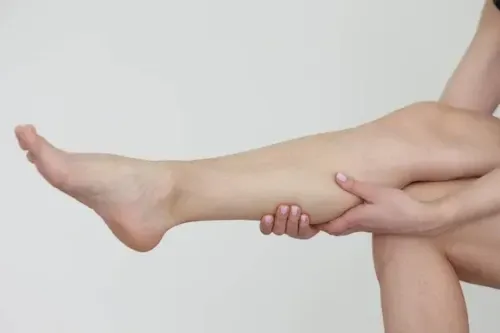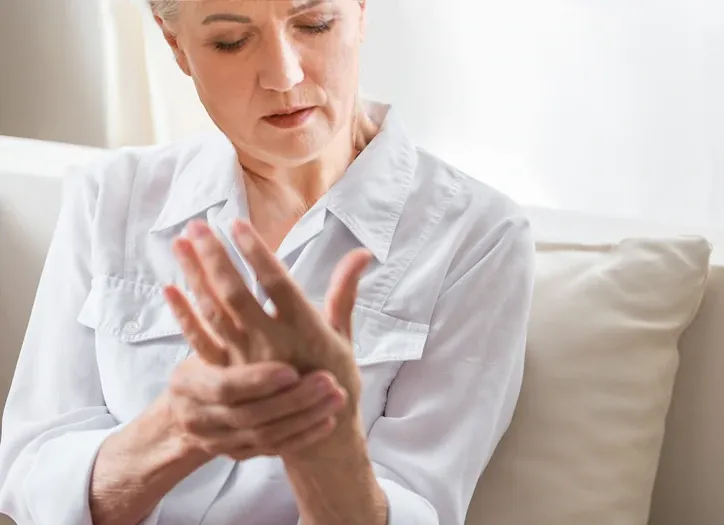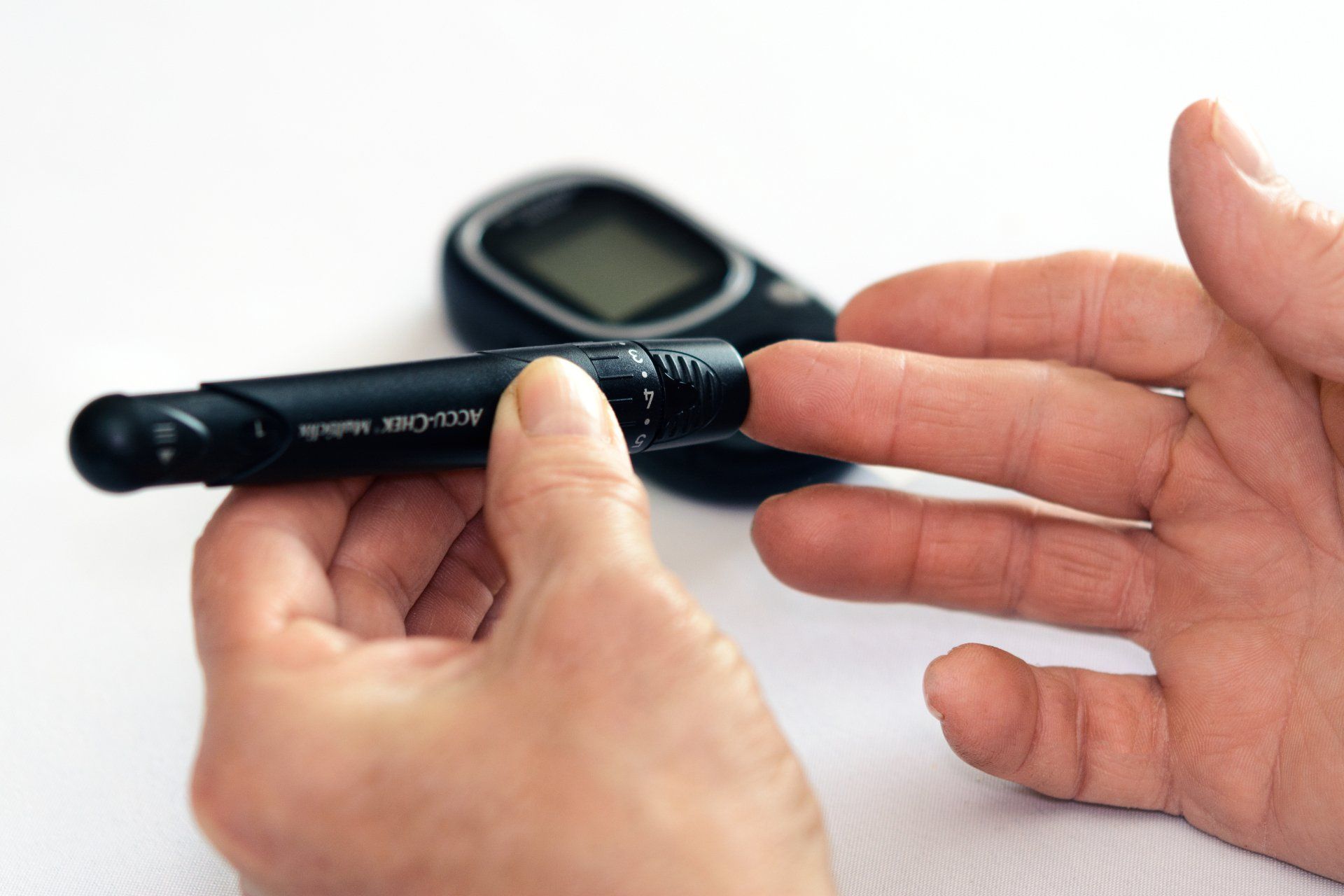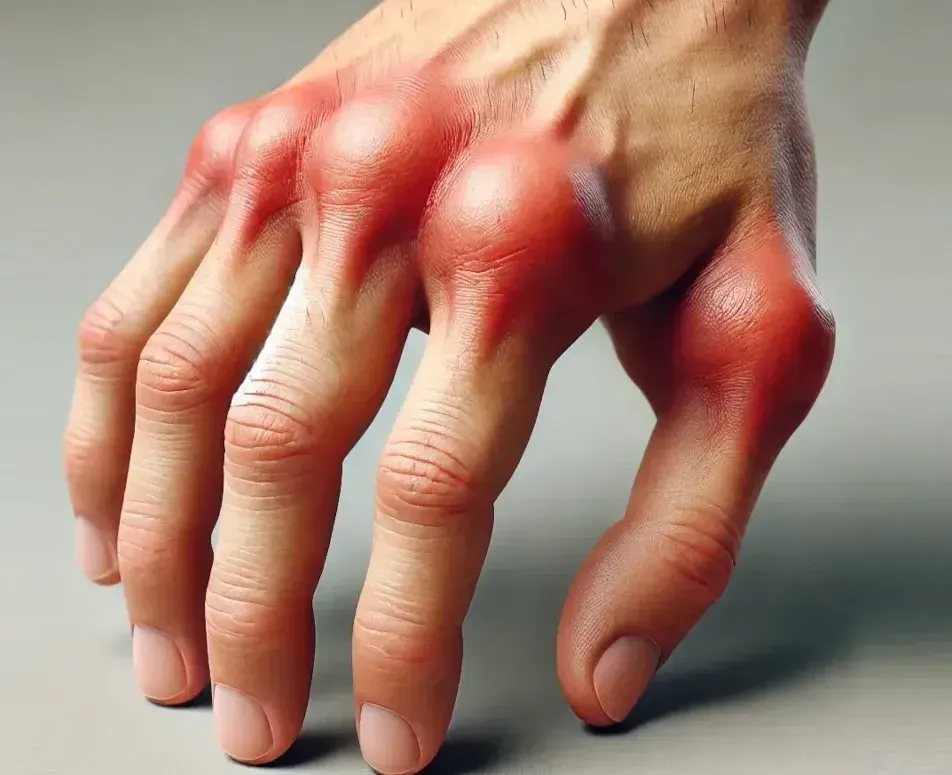Understanding Hand Cramps and How to Relieve Them
Table of Contents
- Overview
- What causes muscles to spasm?
- Reasons for cramps
- Most common causes of hand cramps
1) Electrolyte imbalance
2) Dehydration
3) Exercising in high temperatures
4) Overuse injuries
5) Carpal tunnel syndrome
6) Diabetic stiff hand syndrome
7) Arthritis
- Treatment and prevention of hand cramps
1) Stay hydrated
2) Maintain electrolyte balance
3) Stretching and strengthening exercises
4) Adjust ergonomics
5) Massage and heat therapy
6) Wearing a wrist brace
7) Managing underlying conditions
8) Medications and supplements
- When to get medical attention
- Summary
- FAQs
- About
Overview
Hand cramps can strike suddenly—sometimes when you’re typing, writing, or even just holding your phone. These painful, involuntary muscle contractions can make your hands stiff, sore, and temporarily unusable. While an occasional cramp might seem harmless, frequent or severe hand cramps can signal an underlying issue that deserves attention.
Hand cramps occur for many reasons, including overuse, dehydration, poor circulation, nutrient deficiencies, or medical conditions that affect the muscles and nerves. In many cases, they result from simple
muscle spasms—tiny misfires in your muscles that prevent them from relaxing properly. The result is a painful, sometimes lasting tightening sensation that can interrupt your daily activities.
Fortunately, most hand cramps can be relieved and prevented with the right care. Treatments range from hydration, stretching, and rest to medical therapy or targeted exercises that address the underlying cause.
In this article, you’ll learn the most common causes of hand cramps, how to tell when they’re more than just occasional discomfort, and the most effective ways to stop them before they interfere with your work, hobbies, or sleep.
What causes muscles to spasm?
Cramps are involuntary muscle contractions or spasms. When a spasm or cramp occurs in one particular body part, like the hand, it's called a "focal dystonia".
Normally, the brain sends a signal to particular muscles to contract. As a result, the involved joint moves. Therefore, a contraction means muscles cells are energized to produce tension. Think of gripping a door knob: your brain tells the muscles in your fingers and forearm to grasp.
Muscle contraction requires a choreography between
chemical ions and proteins in the muscles. The proper balance of elements in this choreography insures muscle fibers contract and then relax when commanded by electrical signals from the brain.
Sometimes the signals from the brain are interrupted, either by chemical imbalance or injury. As a result, the “default” position of a muscle fiber is to contract. That’s when painful spasms or cramps occur. Also, muscles can twitch along with the spasm.
Since the body detects an abnormal condition, it usually remedies the problem within a few minutes. Then the cramp and resultant pain subside. Often, the muscle twitches can last longer, even when your muscle is resting.
Reasons for cramps
The most likely causes of hand cramps are:
- Electrolyte imbalance
- Dehydration
- Exercising in high temperatures
- Overuse injuries
- Carpal tunnel syndrome
- Diabetic stiff hand syndrome
- Arthritis
Most common causes of hand cramps
1. Electrolyte Imbalance
2. Dehydration
3. Exercising in High Temperatures
4. Overuse Injuries
5. Carpal tunnel syndrome
6. Diabetic stiff hand syndrome
7. Arthritis
Treatment and prevention of hand cramps
1. Stay hydrated
Drinking an adequate amount of water throughout the day is crucial for muscle function. Aim for
at least 8 glasses of water daily, and increase your intake if you engage in physical activities or are exposed to hot temperatures. Electrolyte sports drinks like Gatorade and Propel are excellent sources of hydration, and also provide essential electrolytes.
2. Maintain electrolyte balance
Ensure you are consuming a diet rich in potassium, calcium, and magnesium to support muscle function. Foods that help balance electrolytes include:
- Potassium-rich foods: Bananas, oranges, spinach, potatoes, and avocados.
- Calcium-rich foods: Dairy products, leafy greens, almonds, and fortified plant-based milk.
- Magnesium-rich foods: Nuts, seeds, whole grains, and dark chocolate.
3. Stretching and strengthening exercises
Regular
hand and wrist exercises can improve flexibility and strength, reducing the likelihood of cramps. Some beneficial exercises include:
- Finger stretches: Extend and flex your fingers to increase mobility.
- Wrist flexor stretches: Gently pull your fingers back to stretch the wrist area.
- Grip strengthening exercises: Use a stress ball or grip strengthener to enhance muscle endurance.
4. Adjust ergonomics
If you spend long hours using a computer or performing repetitive tasks, ensure that your workspace is ergonomically friendly. Some adjustments include:
- Using a wrist rest to reduce strain.
- Keeping your keyboard and mouse at a comfortable height.
- Taking regular breaks to stretch and relax your hands.
5. Massage and heat therapy
Massaging the affected hand can promote circulation and relieve muscle tightness. Applying heat with a warm compress or soaking your hands in warm water can also relax muscles and alleviate cramping. Note that myofascial massage is the
preferred treatment for carpal tunnel syndrome.
6. Wearing a wrist brace
For individuals with carpal tunnel syndrome or arthritis, wearing a
wrist brace can help stabilize the hand and prevent excessive strain on the muscles and nerves.
7. Managing underlying conditions
If your hand cramps are associated with a chronic condition such as diabetes or arthritis, working with a healthcare provider to manage the condition is essential. Proper medication, physical therapy, and lifestyle modifications can help minimize symptoms.
8. Medications and supplements
In some cases, doctors may recommend medications or supplements to address hand cramps:
- Over-the-counter pain relievers: Ibuprofen or acetaminophen can help reduce pain and inflammation.
- Magnesium or potassium supplements: If a deficiency is detected, supplementation may be beneficial.
- Muscle relaxants: In severe cases, doctors may prescribe muscle relaxants to ease persistent cramping.
When to get medical attention
Occasional hand cramps are common and not likely dangerous. But if you experience frequent, severe, or prolonged cramping, it may indicate a more serious underlying condition. Seek medical advice if:
- Hand cramps interfere with daily activities.
- You experience persistent numbness, tingling, or weakness.
- The cramps are accompanied by swelling, redness, or severe pain.
- You have a known medical condition that could contribute to cramping.
Summary
Hand cramps can be frustrating and disruptive, but understanding their causes and implementing effective treatment strategies can significantly reduce their impact. Staying hydrated, maintaining a balanced diet, incorporating stretching exercises, and addressing underlying medical conditions can all help prevent and manage hand cramps. If symptoms persist, consult a healthcare professional to determine the best course of action for long-term relief.
FAQs
- Are hand cramps and leg cramps linked together?
The calf and hands are most prone to cramping, and usually for the same reason.
- Can other muscles cramp up?
Generally speaking, any voluntary muscle can cramp.
- What if my hand cramps are almost always there, 24/7?
It's likely you have an underlying medical condition. You should contact your doctor.
- My strong muscle cramps curl my fingers into a claw and I cannot straighten them out. What is it?
This is likely a carpal spasm; an involuntary contraction in your hand. The most common reason is overused muscles and dehydration. Commonly, prolonged typing or writing can lead to muscle overuse and cramping. Less common reasons for cramping include low blood levels of electrolytes.
About












